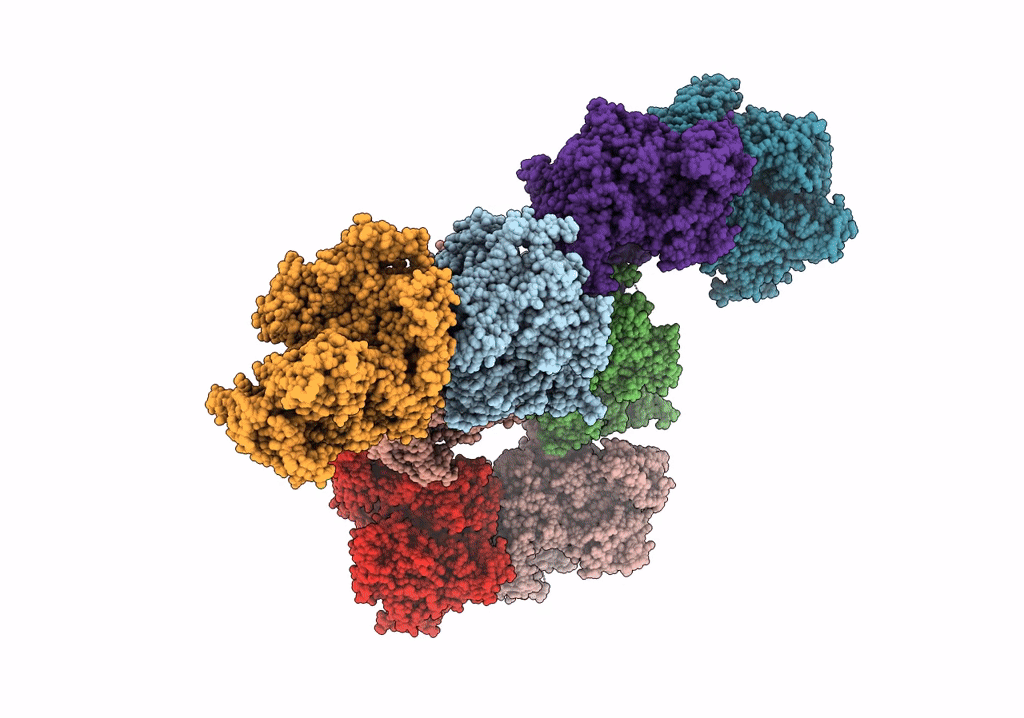
Deposition Date
2022-08-11
Release Date
2023-06-07
Last Version Date
2023-10-25
Entry Detail
PDB ID:
8E1U
Keywords:
Title:
Propionibacterium freudenreichii PPi-dependent PEPCK in complex with malate
Biological Source:
Source Organism:
Host Organism:
Method Details:
Experimental Method:
Resolution:
2.65 Å
R-Value Free:
0.22
R-Value Work:
0.18
R-Value Observed:
0.18
Space Group:
P 1


